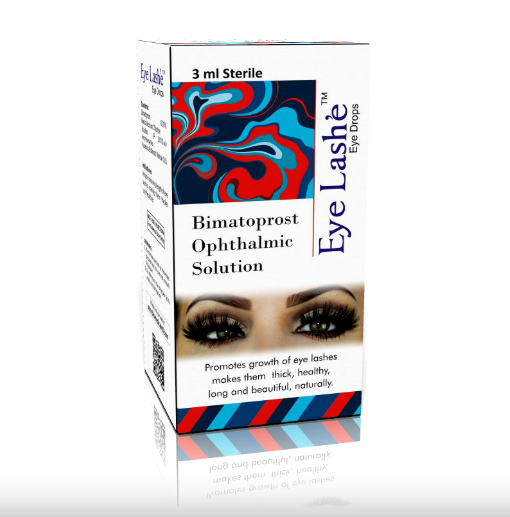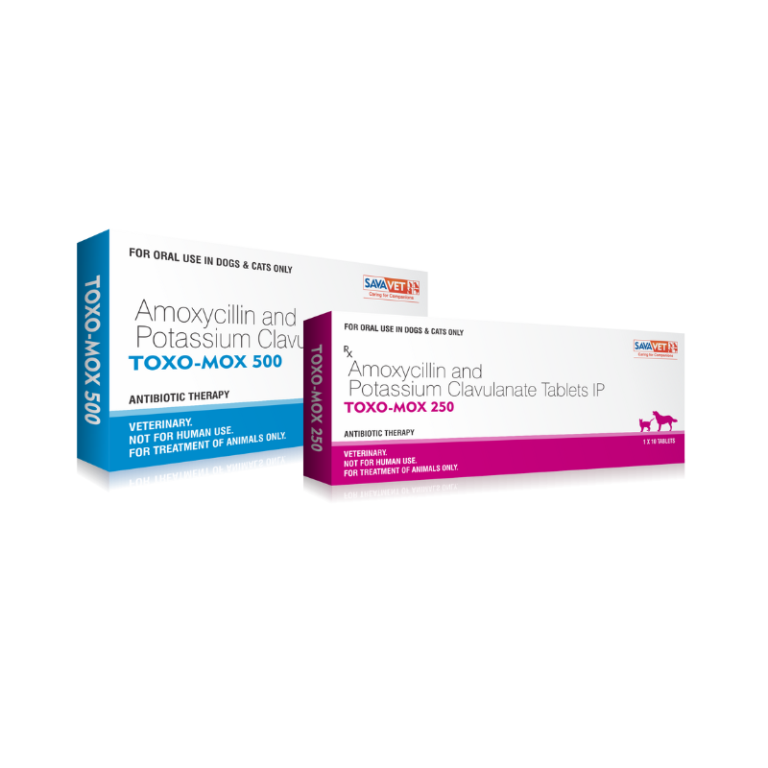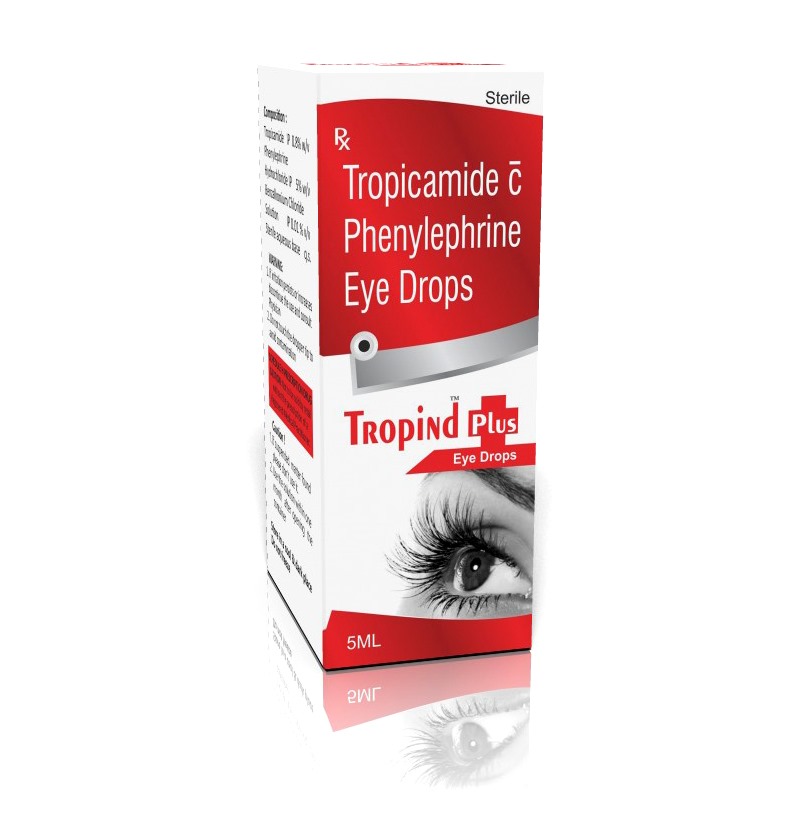Eye Care
What is Careprost Eye Drop?
Careprost is an eyedrop containing Bimatoprost as an active ingredient. This 3 ml eye drop bottle helps treat glaucoma and other eye problems.
It is available at most medical stores and can be taken through a doctor’s prescription only.
The drop comes in strengths of Careprost Plus, Careprost with Brush 3 ml 0.03%.
What are the uses of the Careprost Bimatoprost Ophthalmic Solution?
Careprost eye drops are used in the treatment of certain medical complications, such as:-
Glaucoma is an eye disorder that is associated with optic nerve damage. As it progresses, it results in progressive retinal ganglion cell loss and irreversible blindness.
Ocular hypertension is an eye disorder characterized by higher than usual intraocular pressure in the eye.
Hypotrichosis of the eyes is characterized by significantly less hair on the eyelashes.
What is the generic name for Careprost eye drops?
Bimatoprost Ophthalmic Solution is the generic name for Careprost Bimatoprost eye drops.
Dosage form of Careprost 3 ML Eye Drops:
Eye Drops
Strength:
Careprost eye drops contain Bimatoprost 0.03% in a 3ml bottle as an active ingredient.
How do Careprost Eye Drops Works?
Careprost consists of Bimatoprost as an active ingredient that decreases the pressure in the eyeball by increasing the expulsion of aqueous humour (clear watery fluid filling the space in front of an eyeball).
It is also an eyelash serum that works by regenerating new eyelash hair. This phase is known as anagen. It helps in the treatment of hypotrichosis of the eyes.
Before you use Careprost Bimatoprost Ophthalmic Solution:
Keep the following things in mind:-:-
You are not allergic to its constituents
You remove contact lenses before using the product
Your doctor knows about your surgeries, pre-existing diseases medications, and food Habits.
Keep the eye drop out of the reach of children
Read the instructions given on the label carefully.
How to use Careprost Eye Drops?
Careprost contains an active ingredient, Bimatoprost 0.03%, which cures glaucoma.
Hold the dropper close to the eye. Gently squeeze the dropper and place the medicated drug inside the eye. Wipe off any extra liquid with a clean towel.
For hypotrichosis of eyelashes, use Careprost eyelash serums close to the upper lash line once a day.
Use this eye drop at a fixed time as suggested by the doctor. If you are taking multiple eye medications, always take a gap of 5-10 min between two medicines to prevent the dilution of drugs.
What should you avoid while using Careprost Eye Drop?
There are things that you need to avoid while using eye drop, such as:-
Do not wear contact lenses while using Careprost eye drop. ear them after 15 min of using the eye drop.
Always wait for 10-15 minutes before using another eye drop.
Never take Careprost 0.03% or any other drug without consulting the doctor.
When not to use Careprost Bimatoprost Ophthalmic Solution?
You should avoid using Careprost Eye Drops in case you
Are using contact lenses
Have noticed any allergy/hypersensitivity to it.
Are you using other eye drops which can interfere with Careprost Bimatoprost?
Consult your physician to get a suitable and effective treatment.
Tell your doctor in case you:
Have any inflammation or infection of the eyes.
Have an allergy to it or any ingredient present in Careprost Bimatoprost
Have any liver dysfunction
Have gone through any eye surgery
Have any other disease, drugs, or therapies that may affect its efficacy
How much of the Careprost Bimatoprost Ophthalmic Solution to use?
Patients are always advised to follow the doctor’s prescriptions and instructions to use Careprost 3 ml. Furthermore, it is recommended to take one drop in a day regularly.
For how long should you continue using Careprost 3ml Eye Drops?
Use the Eye Drop as long as prescribed by your doctor. Please do not stop taking it before completing the course, and do not take it for a more extended period without consulting a doctor first.
Overdose of Careprost Eye Drops:
Contact your doctor immediately if you suspect that you have taken an overdose.. Because of that, you are may face some problems in your eyes.
Missed dose of Careprost Bimatoprost:
Take the missed dose of Careprost as soon as you remember. Yo can skip the missed dose if the time for the next dose is close. Do not use multiple drops next time. Taking multiple doses in one go will not accelerate the process of recovery.
What Are The Side Effects Of The Careprost eye drop?
Some side effects may occur while using the eye drop, such as:-
Eye itching
Conjunctival hyperemia
Stinging in the eyes
Eyelash changes
Burning sensation in the eye
Foreign body sensation in eyes
Increased iris pigmentation (brown pigmentation), which may be permanent
Eyelid skin may become dark, and the eyelash may increase length and thickness. Do not worry, as these changes will disappear after discontinuing Careprost eyelash serum.
Send
Message








